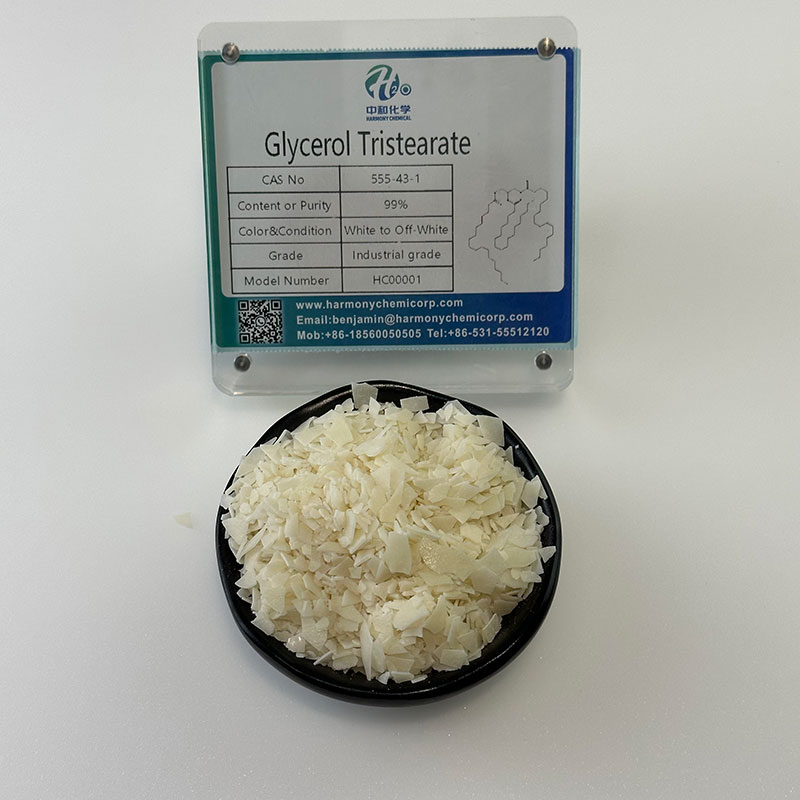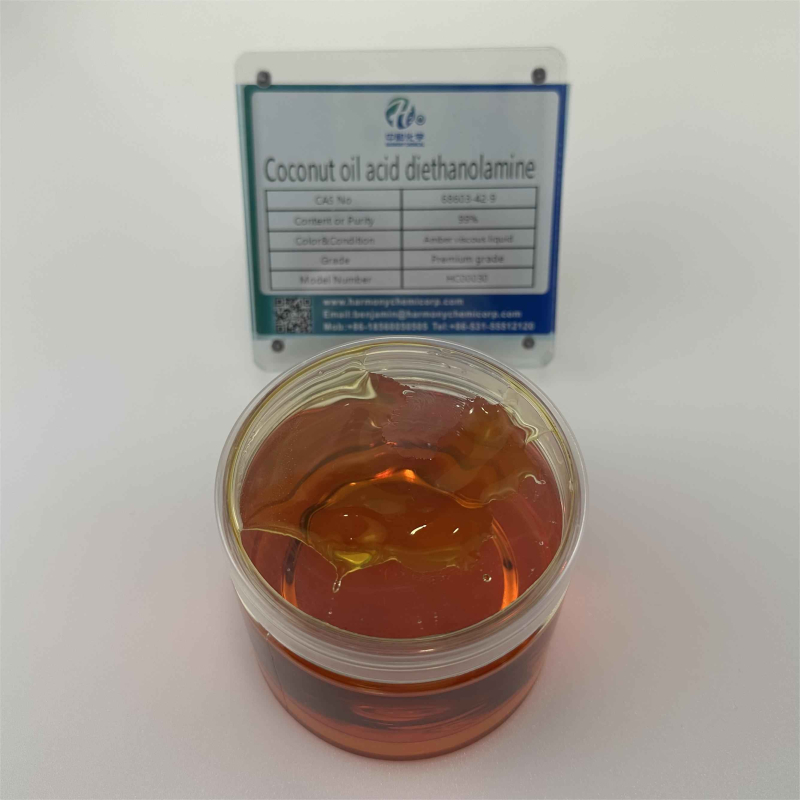name3-Amino-1-hydroxyadamantaneCAS NO702-82-9Molecular formulaC10H17NOmelting point265 °Cboiling point266.8±23.0 °C(Predicted)density1.252±0.06 g/cm3(Predicted)Storage conditionsKeep in dark place,Inert atmosphere,Room temperaturesolubilityDMSO (Slightly), Methanol (Slightly)formCrystalline PowdercolourWhite to yellow
Contact Now
nameMETHOPRENECAS NO40596-69-8Molecular formulaC19H34O3molecular weight310.47melting point<25℃boiling pointbp0.06 135-136°density0.9261 g/cm3 (20℃)Storage conditions0-6°CsolubilityChloroform (Slightly), Methanol (Sparingly)formneat
Contact Now
CAS NO104-47-2Molecular formulaC9H9NOmolecular weight147.17melting point8 °Cboiling point286-287 °Cdensity1.085 g/mL at 25 °CStorage conditionsSealed in dry,Room TemperatureformLiquidcolourClear colorless to slightly yellowpH value4.5 (100g/l, H2O, 20℃)suspension
Contact Now
Name3-ChloropropiophenoneCAS NO936-59-4Molecular formulaC9H9ClOmelting point48-50 °Cdensity1.1115 (rough estimate)flash point>230 °FStorage conditionsInert atmosphere,Room TemperaturesolubilitySolidcolourOff-White to Pale YellowSOLUBLEInsoluble
Contact Now
Usage 1: Used as uncooked substances for photosensitive nylon and photosensitive plastics, constructing grouting materials, and additionally for photography, printing, plate making, etc.Usage 2: It can be used as a water blocking off agent in oilfield drilling operations and development grouting operations, as properly as as as a crosslinking agent in the synthesis of acrylic resin and adhesives.Usage 3: Used as an essential cloth for isolating amino acids and as an vital uncooked fabric&nb
Contact Now
Melting Point180-185 °C(lit.)Density1.18 g/mL at 25 °C(lit.)Refractivityn20/D 1.465Storage Conditionsroom tempSolubilityH2O: 6 M, clear, colorlessFormCrystalsColourWhite to slightly yellowPh Value4.5-5.5 (100g/l, H2O, 20℃)1. It can be used as an intermediate in medicine, pesticides, dyes, and different natural synthesis.
Contact Now
melting point86-88 °C(lit.)Storage conditions2-8°CformPowdercolourWhite to off-whitepH value4.0 to 6.5(50g/L, 25 ℃)SOLUBLEsolubleCAS NO1670-14-0Molecular formulaC7H9ClN2molecular weight156.61EINECS number216-795-4
Contact Now
This product is an amide Local anesthetic. Widely used in surface anesthesia, infiltration anesthesia, conduction anesthesia, and epidural anesthesia.nameLidocaineCAS NO137-58-6Molecular formulaC14H22N2Omolecular weight234.34melting point66-69°Cflash point9℃solubilityethanol: 4 mg/mLformpowdercolourWhite to slightly yellowSOLUBLEpractically insoluble
Contact Now
CAS NO153-94-6Molecular formulaC11H12N2O2melting point282-285 °Cboiling point342.72°CStorage conditionsKeep in dark place,Inert atmosphere,Room temperatureformPowdercolourWhite to slightly yellowSOLUBLE11 g/L (20 ºC)stabilityStable. Incompatible with oxidizing agents.Characteristics and Functions D-neneneba tryptophan, as a non protein energetic amino acid, has specific physiological properties. It can be used as a non dietary sweetener, feed additive, and plant increase agent in the meals and feed enterprise and agriculture.
Contact Now
1. Used for ester trade reactions.2. Use as an additive and intermediate in chemical products.3. Use: It is used to put together adhesive and as catalyst for transesterification and polymerization reaction.4. Use It is used to make adhesives between metallic and rubber, metallic and plastic, as nicely as catalyst for transesterification and polymerization, and uncooked substances for pharmaceutical industry.5. Catalysts used for esterification reactions, ester to ester conversion reactions of esters such as acrylic acid.
Contact Now
ProjectIndicatorsAppearanceLight yellow transparent liquidActive substance content,%70 ± 2Free amine content,%≤ 2.0PH value (10% aqueous solution)4~7Filling, dipping or spray can be used as mothproof for wool fabrics; When used as a fungicide to deal with tough surfaces, it can be blended with chlorine dioxide for use
Contact Now
Sodium p-styrene sulfonate has the following characteristics:1) Stability, polymerization resistance, and consolidation resistance all through storage;2) Thermal stability: Excellent in phrases of warmness resistance, it will now not decompose beneath 300 ℃;3) Polymerization: As a kind of sulfonic acid monomer, it has a excessive diploma of polymerization due to its inducing impact of binding to the sulfonic acid team in the para position;4) Free radical polymerization can be performed the
Contact Now
Mercaptopropionic acid is an organic compound with the chemical formula C3H6O2S. It is a transparent liquid with a strong sulfide odor, foul odor, and toxicity.
Contact Now
AppearanceWhite crystalline powder, white block shape, white block shapeContent%≥ ninety nine ninety five 90Melting factor ℃128 128 128Water solubility 20 ℃ one hundred a hundred one hundred 100Water solubility60 ℃ 429 429 420PH valueshut to neutral, shut to neutral, 4% aqueous answer pH price 7.50-8.50 7.50-8.50 7.00-9.00Moisture%≤ 0.4 0.5 0.8UsageFlame retardant processing for wallpaper, fibers, carpets, curtains, and different materials.
Contact Now
Melting Point2-4 °C (lit.)Boiling Point90 °C (lit.)Density1.069 g/mL at 25 °C (lit.)Vapor Density3.1 (vs air)Vapor Pressure18 mm Hg ( 21.1 °C)Refractivityn20/D 1.368(lit.)Flash PointStore below +30°C.Although phosgene has excessive reactivity, its fairly poisonous and corrosive byproducts pose significant environmental strain and will progressively be phased out; DMC has a comparable nuclear response response center.
Contact Now
ApplicationsGlyceryl tristearate is an ester derivative, which can be used as food emulsifier, brightener, greasing agent, lubricant, defoamer, and also in various cosmetics.ToxicityIt is safe within the limits mentioned above (FDA, 2000).Use limitAs a crystallization catalyst for cocoa butter 1%; as a molding aid 0.5% to 3%; as a winterizing treatment agent for fats and oils 0.5% (FDA §172.811, 2000). Can be used as gum gum-based substance (GBChemicalbook2760-96).Chemical propertiesColorless crystal or powder. Odorless. Slightly sweet. Relative density (d480) 0.862.
Contact Now
Application1. Used as formaldehyde trapping agent to remove formaldehyde remaining in fabrics after finishing by 2D-resin, KB-resin, urea-formaldehyde resin, melamine-formaldehyde resin, etc. It is also used as an intermediate of fine chemicals, used in the manufacture of resins, plasticizers, spray paint, adhesives, etc.2. used as formaldehyde capture agent, intermediate of fine chemicals, also used in the manufacture of resins and formulation of plasticizers, spray paint, adhesives and other uses for the synthesis of chiral microporous materials prepared from non-chiral precursors;3.
Contact Now
Melting point>300 ° C (lit.)Density1.25Vapor pressure0Paat25 ℃Storage conditionsStorebelow+30 ° CSolubility450g/lFormCrystallinePowderChemicalbookAcidity coefficient (pKa)12.5 [at 20 ℃]ColorWhite to most whitePH value11.7 (110g/l, H2O, 20 ℃)Water solubility450g/L (20 º C)Guanidine carbonate is a chemical substance with the molecular system C2H10N6H2CO3.
Contact Now
namePrussian BlueCAS NO14038-43-8Molecular formulaC6FeN6.4/3Femolecular weight859.23density1.8Storage conditionsRoom TemperatureformPowderSOLUBLEpractically insolublesensitivenessHygroscopicstabilityStable. Incompatible with strong acids, strong oxidizing agents, ammonia. Light sensitive.
Contact Now
applicationNickel acetate is frequently used as a metallic catalyst in natural chemistry. Commercialized nickel acetate is frequently its hydrate, which can be used to catalyze coupling reaction, discount reaction, etc. It is extensively used in metallic natural reaction, nickel plating, metallic coloring, and drug molecule preparation.Mainly used as mordant and additionally for electroplatingStorage precautions: Store in a cool and ventilated warehouse.
Contact Now
Melting point900 ° C (lit.)Density4.0g/mL (lit.)Vapor pressure0Paat20 ℃SolubilityH2O: insoluble (Chemicalbooklit.)FormPowderColor WhiteOdorOdorlessWater solubilityInsolubleinwaterThe herbal mineral of zinc phosphate is referred to as "parathionite", which has α- Type and β- There are two types.
Contact Now
Boiling Point168-274 ° COdorat 100.00?%. mild ammoniaSOLUBLE5-10 g/100 mL at 18 ºCStabilityStable. Combustible. Incompatible with strong oxidizing agents.Introduction: N, N-bis (hydroxyethyl) coconut oil amide can be used as a surfactant.
Contact Now
Appearance white block or powderAsh content/% ≤ 0.01 0.01 0.01 0.01The softening factor is 83~143 ℃. Soluble in acetone, toluene, cyclohexane, ethyl acetate, tetrahydrofuran, dichloromethane, etc., insoluble in solvent gas and water
Contact Now
Polyvinylpyrrolidone, additionally recognised as PVP, is a polymer of ethylene pyrrolidone. Due to its one-of-a-kind ranges of polymerization, it can be divided into soluble PVP and insoluble PVPP (polyvinylpyrrolidone). The relative molecular weight of soluble PVP is 8000~10000, which can be used as a precipitant to precipitate with the aid of reacting with polyphenols. By the use of this method, there are without problems residual PVP in the wine.
Contact Now





























